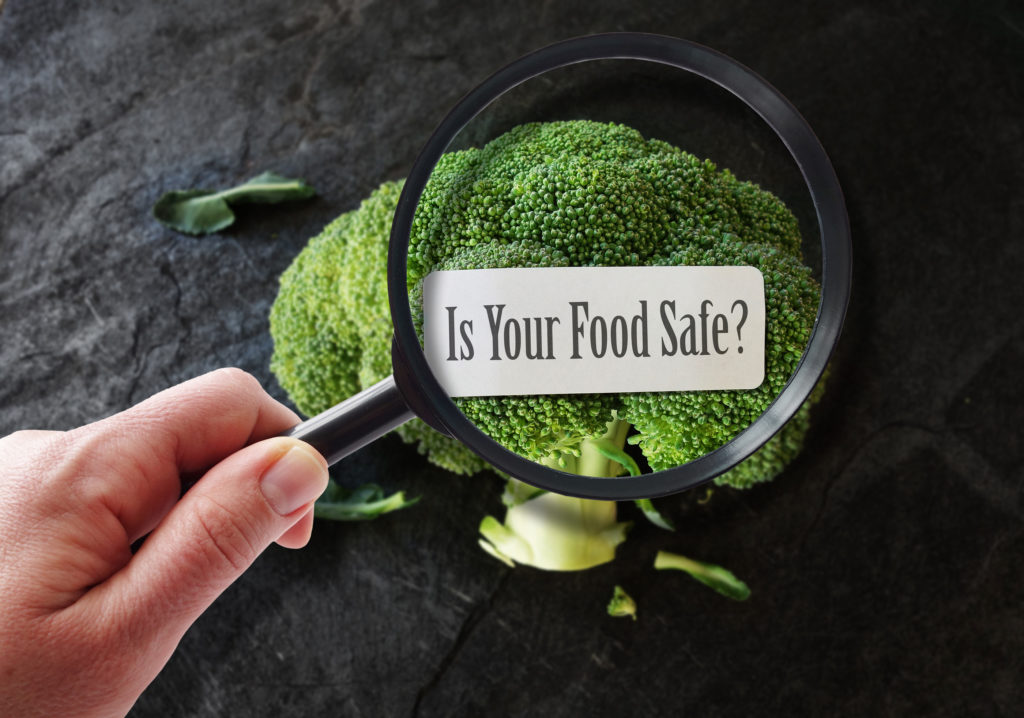According to the U.S. Centers for Disease Control and Prevention, one in six Americans will get sick from a foodborne illness this year; if foodborne illnesses fell by just 10%, it would save five million Americans from getting sick.
However, food safety incidents can result from more than just the usual suspects – like storing food at unsafe temperatures or failing to cooking them to sufficiently hot temperatures. Here are five unexpected issues that can cause food safety failures in a restaurant.

1: Misplaced trust
Sometimes restaurant owners will invest in a temperature monitoring system … and then ignore it. For example, when cold-holding equipment offers a built-in readout and displays data that conflicts with the new temperature sensors, owners often favor the readout. Unfortunately, the thermostat in cold-holding units can be very fragile and fail before the equipment itself does. At minimum, test any discrepancy with a third sensor.
2: The wrong temperature sensors
Restaurants have many options when it comes to checking temperatures, but not all thermometers, probes, and sensors are appropriate in all locations. For example, Bluetooth or Wi-Fi sensors placed in a deep freezer might struggle to transmit its signals without modifying the unit (and thus voiding the warranty). In other cases, the specific temperature sensor may not be sufficiently accurate for its intended usage. The FDA requires that a probe inside a restaurant to be accurate to +/- 2¡ F. However, some probes and sensors will only meet that requirement within a very narrow operating range, like 68¡ to 86¡ F. Consequently, once you place it in a cold-holding unit, the accuracy may exceed the +/- 2¡ F error margin requirement.
3: Equipment malfunctions and failures
Even the best cold-holding equipment will suffer from maintenance hiccups and, eventually, total failure – taking restaurateurs by surprise if they didn’t realize there were problems. Careful temperature tracking can reveal patterns of behavior, like temperatures fluctuating over time, that can enable restaurants to take care of the issue before the device fails and inventory sits at unsafe temperatures until someone happens to notice.
4: Fraud
Not all worker fraud is malicious; often, it’s just lazy practices. If the boss isn’t around, why not just fill out the paper-based temperature logs in advance? Unfortunately, a lazy employee means the restaurant may miss equipment malfunctions or other issues, as described above, until it’s too late. Digital checklists and automated temperature sensors can save the day here: they can either automate the process (removing the worker from the process entirely) or impose controls that force the worker to fill out checklists and logs when, where, and how they’re supposed to.
5: No alerts
One of the biggest risks in food safety: you don’t know what you don’t know. If your food safety system depends on someone checking all temperatures all the time, the system is prone to problems. An automated system can generate alerts via email, text message, or even phone any time temperatures go out of spec – potentially saving your restaurant from an extremely unpleasant surprise.


